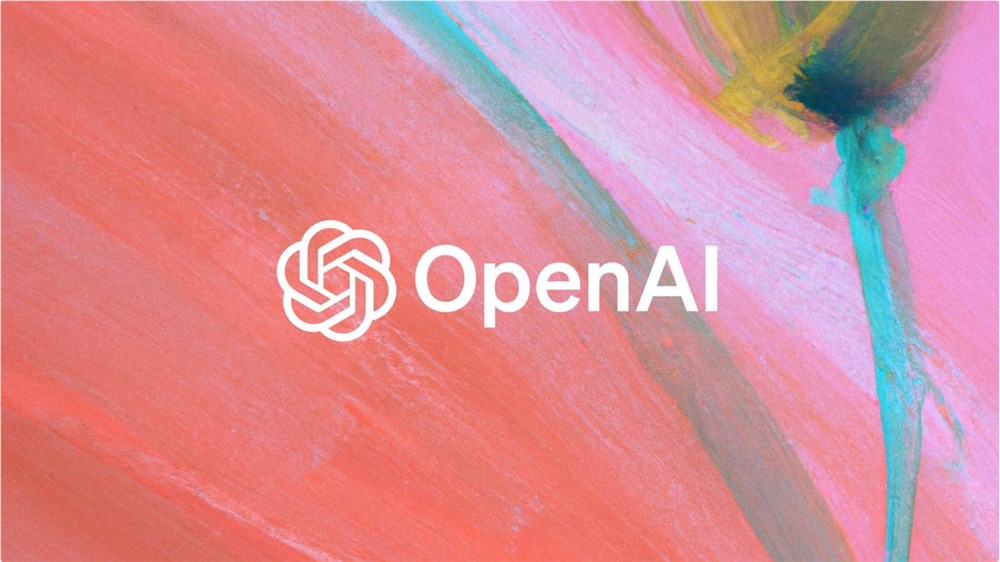OpenAI is developing a watermark technology that can identify text generated by ChatGPT, aiming to deal with the proliferation of AI-generated content. This technology enables traceability by embedding invisible watermarks in text by making subtle adjustments to word choice. While the technology works well in some situations, it is less effective in the face of things like text tampering, and may disproportionately impact certain groups. Therefore, OpenAI is taking a cautious approach and exploring other solutions such as classifiers and metadata in the meantime.
According to the Wall Street Journal, OpenAI has developed a tool to recognize ChatGPT-generated text with high accuracy, but it has not yet been officially released. The tool plans to identify content generated by ChatGPT by embedding invisible watermarks in the text, but this technology still faces many challenges, such as failure problems when facing text modification and translation, and potential discrimination against certain groups of people. OpenAI emphasizes that this technology is just one of the many solutions they are exploring and that they will advance this research cautiously and prioritize the development of authentication tools for audiovisual content. This move triggered extensive discussions in the industry on the identification and management of AI-generated content, and how to strike a balance between protecting innovation and preventing risks became the focus.

OpenAI says text watermarking is just one of several solutions it is exploring, including classifiers and metadata, aimed at determining the origin of text. While text watermarking technology works well in some cases, its effectiveness decreases when faced with tampering such as translation, rewriting, or insertion of special characters. Additionally, the technology may disproportionately impact certain groups, such as non-native English speakers.
In view of the above complex factors and their potential impact on the entire ecosystem, OpenAI stated that it will cautiously advance research on text attribution technology and prioritize the development of authentication tools for audiovisual content.
This decision triggered extensive discussions in the industry on the identification and management of AI-generated content. With the rapid development of AI technology, how to strike a balance between protecting innovation and preventing risks has become the focus of attention from all parties.
OpenAI’s cautious attitude towards AI content traceability technology reflects the complexity and ethical challenges of technological development. In the future, how to effectively identify and manage AI-generated content will be a key issue of continued concern in the field of artificial intelligence, requiring joint efforts from technology, policy, and ethics.